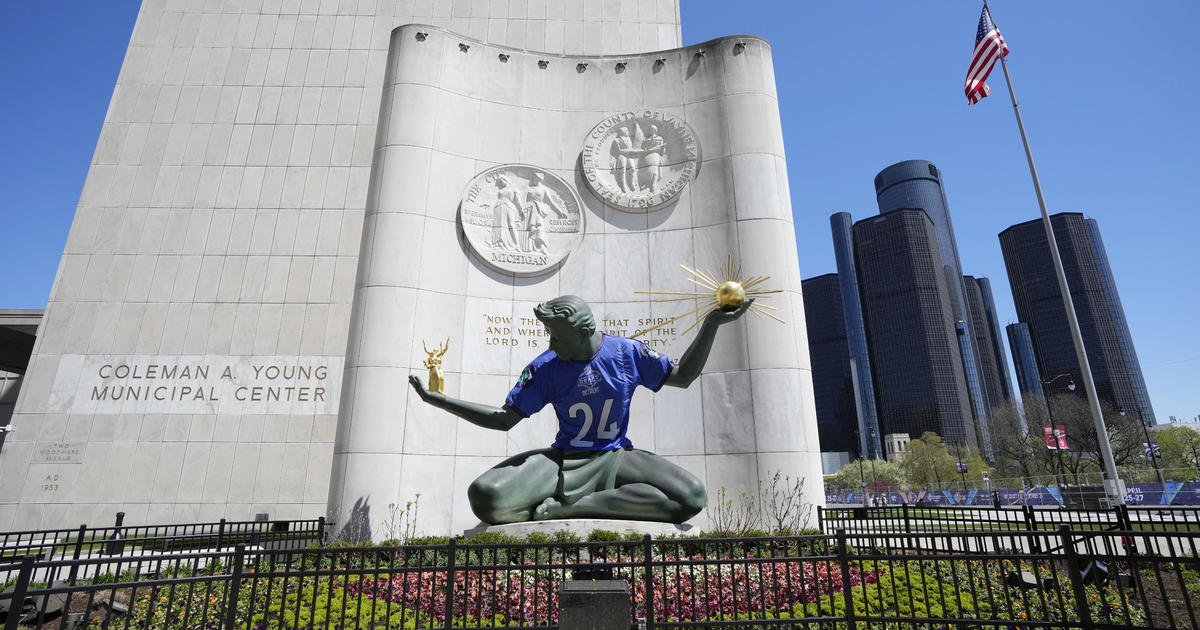New Research Shows Radical Changes In Household Spending Habits During COVID-19 Epidemic
(CBS DETROIT) - The rapid spread of the COVID-19 pandemic throughout the United States has demanded a need for shelter-in-place orders across the country. With a majority of Americans staying home and many routine services closed as "non-essential," consumption and spending habits have been drastically affected. These changes are causing glaring economic shifts, including an upswell in unemployment, but other factors such as how and where people are spending their money are indicators often overlooked yet rapidly in flux. Using real-time transaction-level household data, new research from Columbia Business School provides a comprehensive understanding of how households shifted spending as news about the virus spread and impacts on certain geographic areas became more severe and far-reaching than others, while also observing varied patterns across the political divide.
In the study – How Does Household Spending Respond to an Epidemic? Consumption During the 2020 COVID-19 Pandemic – R.A. Farrokhnia, Executive Director at the Dean's Office of "Advanced Projects and Applied Research in Fintech" and a Chazen Senior Scholar at Columbia Business School, Michaela Pagel, the Roderick H. Cushman Associate Professor of Business at Columbia Business School, and their co-authors find that, overall spending increased dramatically in late February and early March as the public attempted to stockpile needed home goods and anticipated the inability to patronize retailers. This was followed by sharp, but general drops in sales for restaurants, retail, and air travel in mid to late March as the virus spread and more households were instructed to stay home.
"The extent of the COVID-19 pandemic's impact on industries and individual households is unprecedented," said Columbia Business School Professor R.A. Farrokhnia. "For the first time, we have the data and opportunity to observe real-time spending patterns and consumer transactions to gauge how the public is responding to the pandemic with a relatively high-degree of accuracy and timeliness. These are all highly valuable and help to provide unbiased, data-backed insight for academics and practitioners, to inform public officials on the impact of their plans, and reduce the long lag that typically exists between implementing a policy and measuring its outcomes."
"Understanding how households across class, geography, and partisan affiliation respond in their spending to a pandemic can be a critical tool for elected officials and policy makers to properly mitigate the economic harm on households and small businesses," said Columbia Business School Professor Michaela Pagel.
In collaboration with SaverLife.org, a national non-profit fintech that helps individuals develop and sustain savings habits, as well as using transaction-level household financial data, researchers were able to perform a high speed, dynamic and timely diagnosis of how and when households adjusted their spending, and which household responded the fastest and strongest. Key findings include:
- Spending by category:
- Household spending increased by approximately 50 percent between February 26 and March 11. Households also increased card spending as they borrowed to stockpile goods.
- Grocery spending remained elevated through March 27, with a 7.5 percent increase relative to earlier in the year.
- Restaurant spending declined by approximately one third.
- Geographic influence: The speed and timing of these increases in spending varied significantly depending on their geographic location as state and local governments reacted to outbreaks with different levels of urgency and timeliness.
- Shelter-in-place effects: The overall drop in spending is approximately twice as large in states that issued shelter- in-place orders like New York, California and Washington State, and the increase in grocery spending is three times as large in these states.
- Partisan affiliations: The general spending patterns across the political spectrum has been similar, although specific differences in certain spending patterns were observed. For instance, Republicans spent more than Democrats in the early days of the epidemic and showed differences in categorical responses, with Republicans spending more at restaurants and in retail shops, consistent with perceived lower levels of concern about the virus or differential risk exposure at the onset of the pandemic's spread in the US.
- Family dynamics: Households with children stockpiled more, and men stockpiled less in early days as the virus was spreading.
The study, How Does Household Spending Respond to an Epidemic? Consumption During the 2020 COVID-19 Pandemic, is available online here.
To learn more about the cutting-edge research being conducted at Columbia Business School, please visit www.gsb.columbia.edu.
SOURCE Columbia Business School
© 2020 CBS Broadcasting Inc. All Rights Reserved. This material may not be published, broadcast, rewritten, or redistributed.



